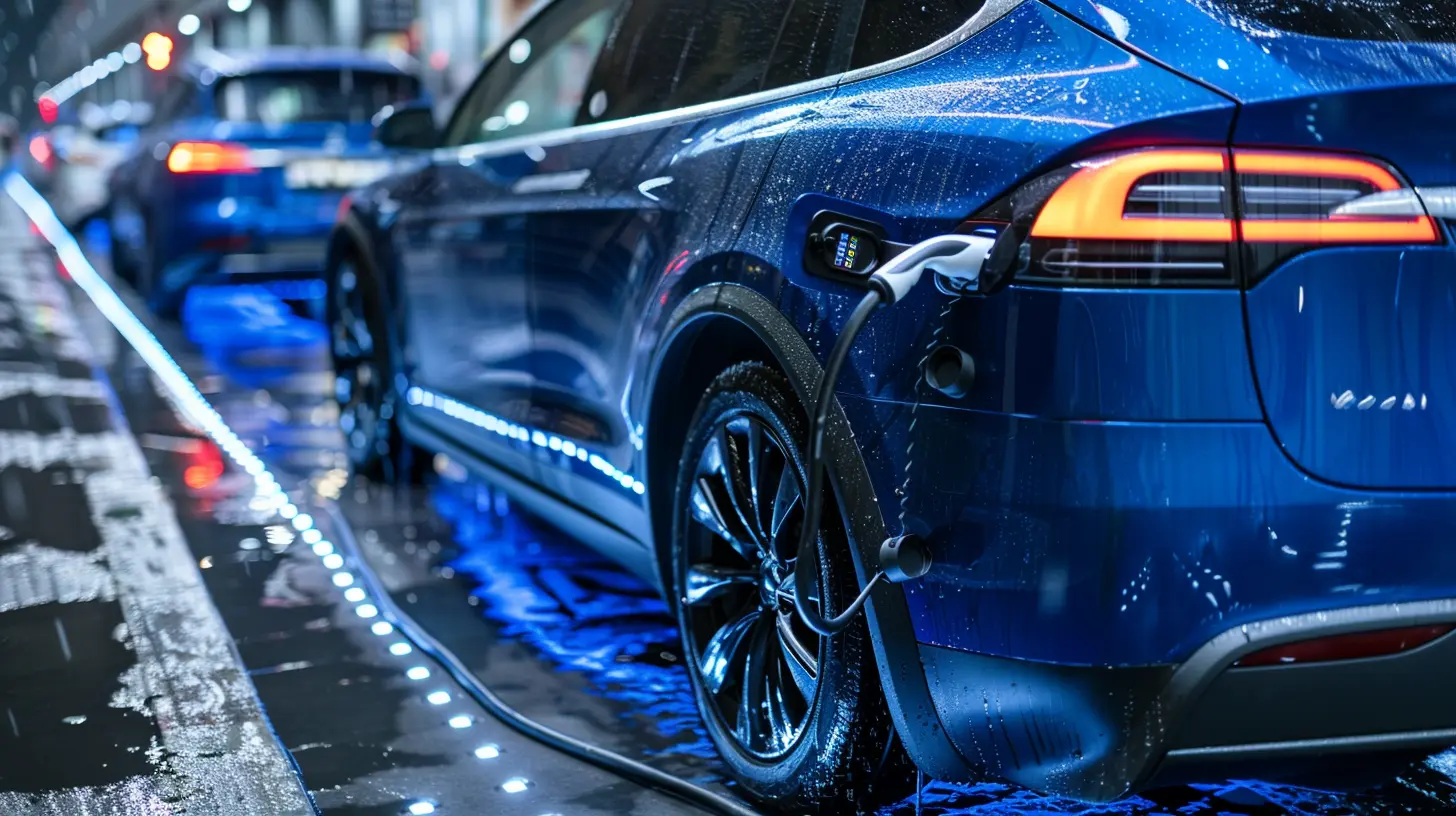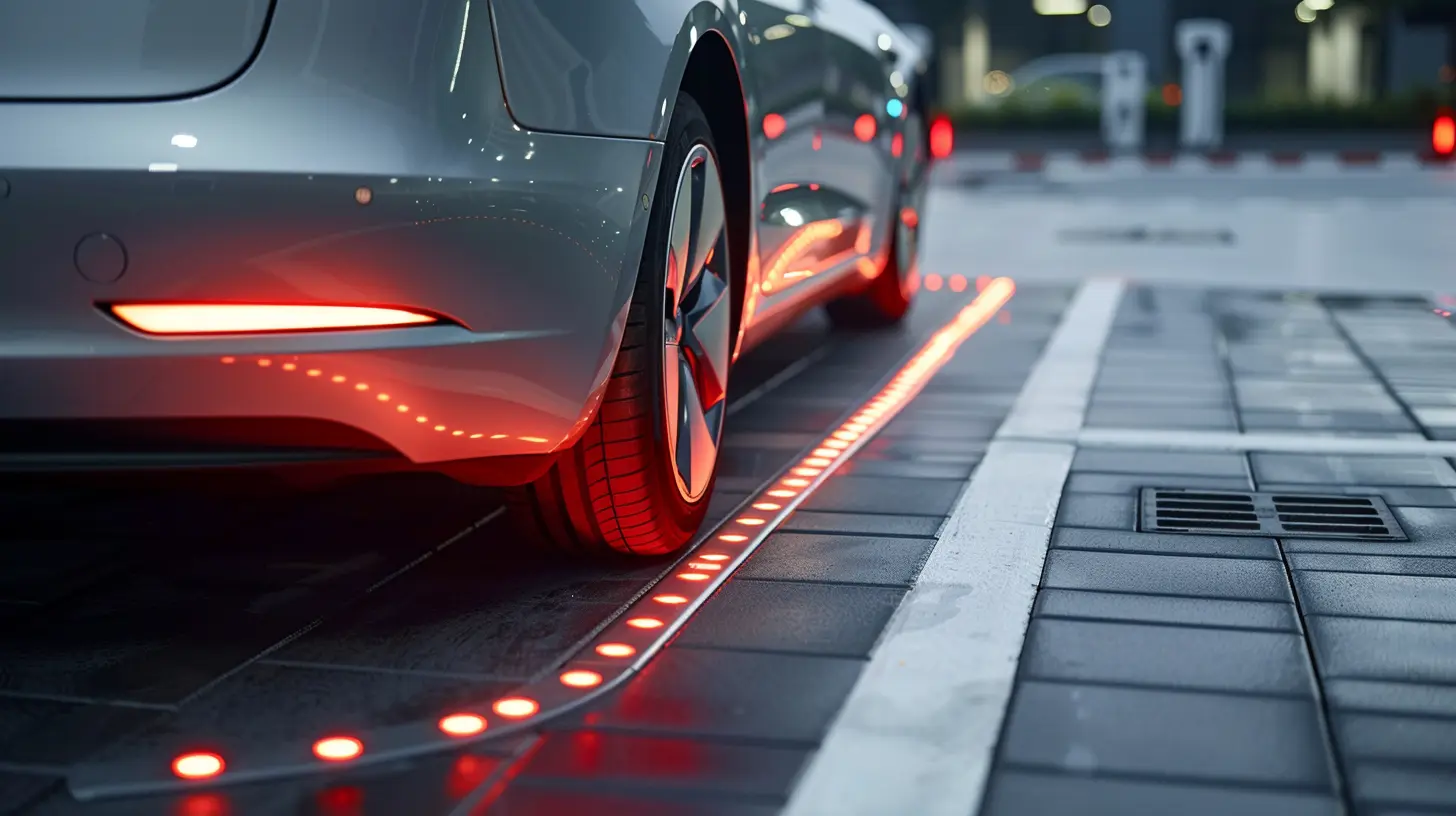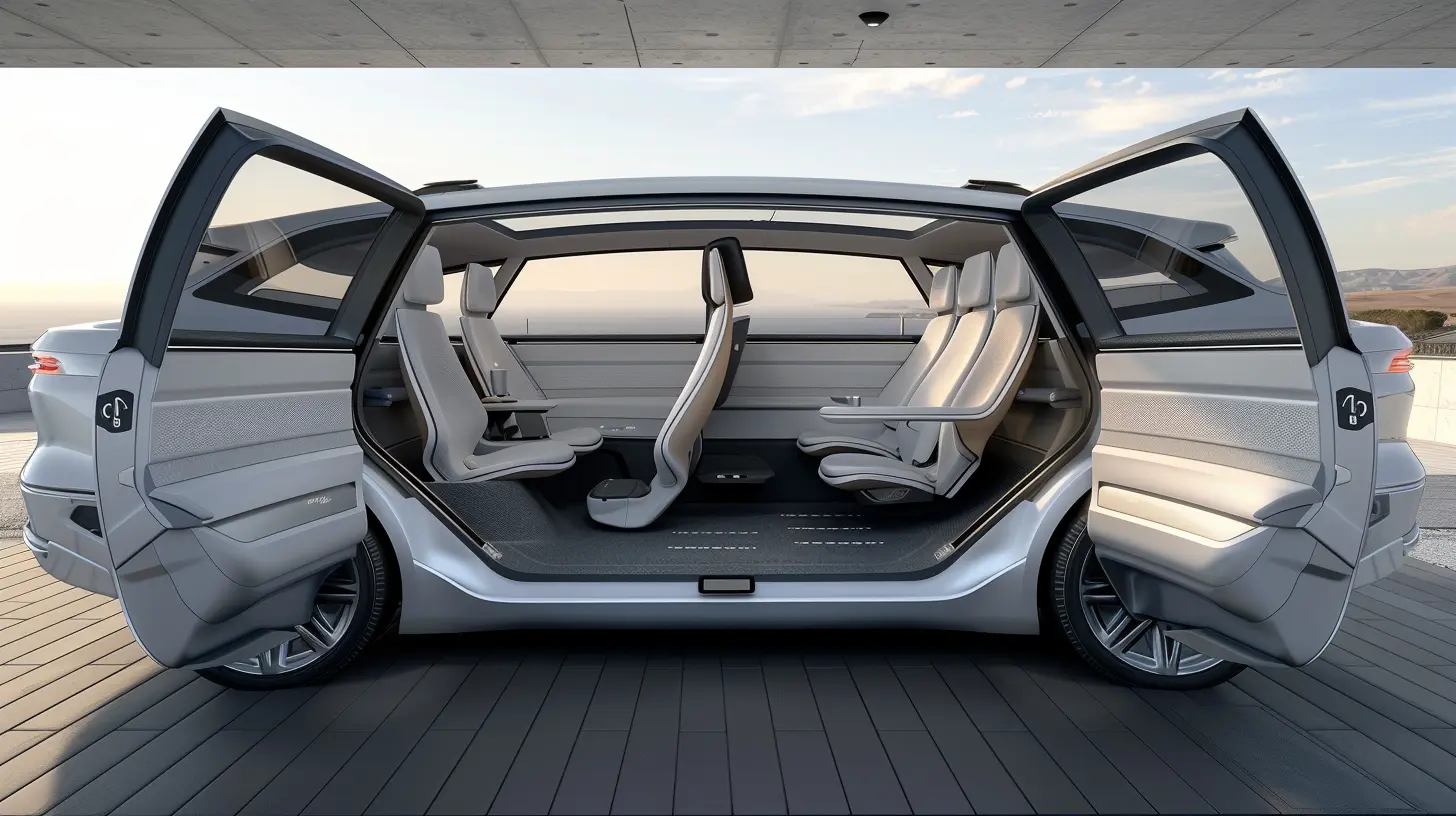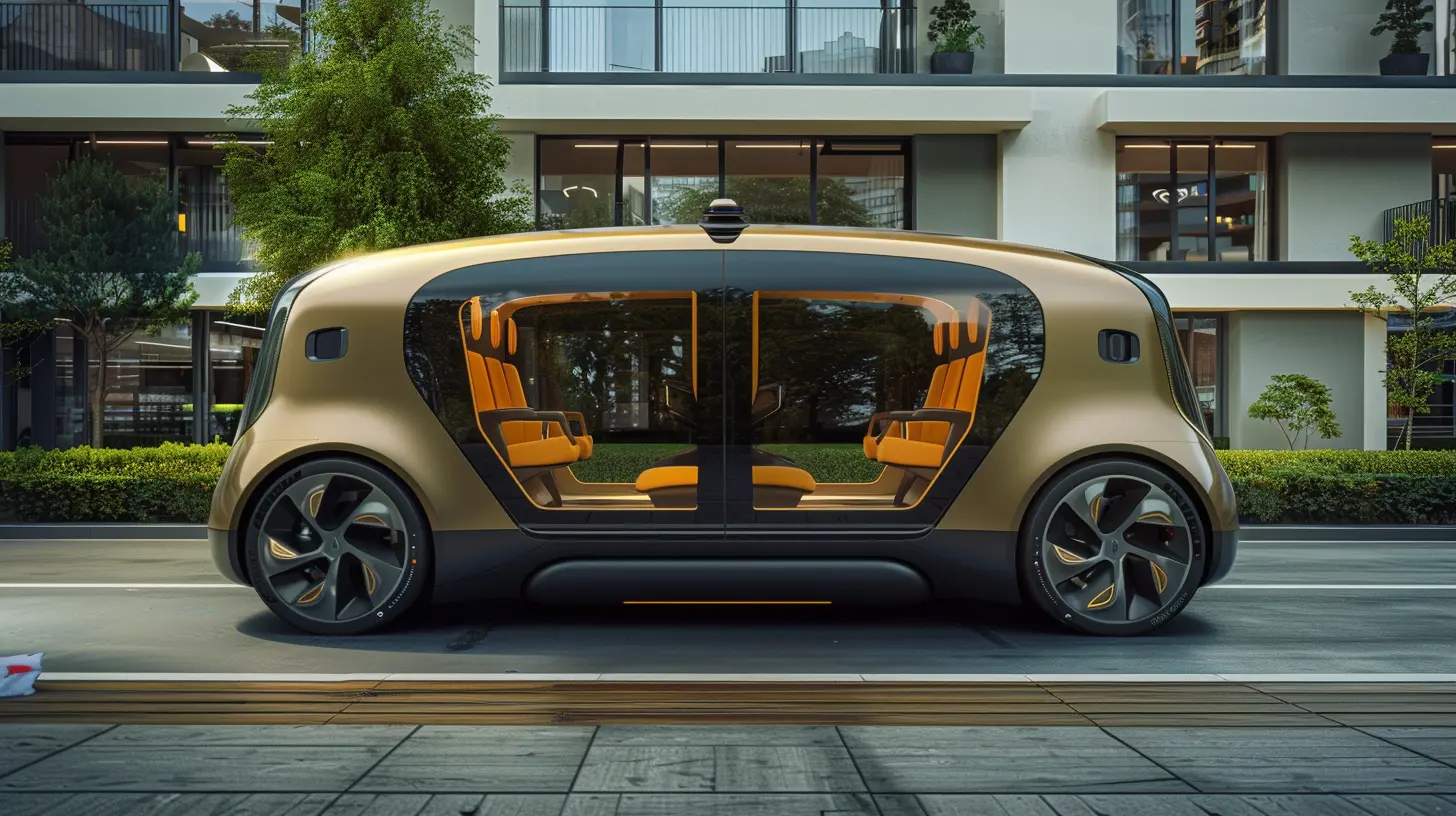The Role of Wireless Charging in Autonomous Vehicles
5 August 2025
Imagine a world where your car drives itself, takes you to your destination, and then quietly rolls onto a charging pad—like a phone resting on a wireless charger—while you go about your day. Sounds like sci-fi, right? Well, we’re not too far off. Autonomous vehicles (AVs) and wireless charging technologies are both on the rise, and together, they’re changing the very fabric of how we think about transportation. But how exactly do these two futuristic concepts fit together?
Let’s take a deep dive into the evolving relationship between wireless charging and autonomous vehicles. We'll talk about the tech behind it, the challenges, and why this synergy could be one of the most important pieces in the puzzle of a fully-autonomous, sustainable future.
What Is Wireless Charging Anyway?
Before we get into the role it plays in autonomous vehicles, let’s keep things simple and talk about what wireless charging actually is.You know how your smartphone can charge without plugging it in? That’s wireless charging in action. It uses electromagnetic fields to transfer energy between two objects—a charger and a receiver (in this case, your phone). For electric vehicles, it’s the same deal, just on a larger, more powerful scale.
The most common form is inductive charging, where a charging pad sends power to a receiver coil in the vehicle. Then there’s resonant charging, which allows for more distance and flexibility between the charger and the car.
Why Wireless Charging Matters for Autonomous Vehicles
Now, let's connect the dots: why is wireless charging so crucial for autonomous cars?1. No Driver? No Problem
Autonomous vehicles are, by design, driverless. So who’s going to plug them in when they need juice? If we still rely on manual charging cables, we’re inserting a human dependency into a system that’s supposed to run itself. That’s where wireless charging swoops in like a superhero.With wireless charging, AVs can literally drive over a pad and top up their battery automatically—no hands, no cables, no hassle.
2. Continuous Operation
Think about a fleet of autonomous taxis running 24/7. It doesn’t make sense to have them stop for long periods just to recharge. Wireless charging—especially dynamic charging (more on that in a sec)—can enable these vehicles to charge on the go or during short stops.This minimizes downtime and maximizes efficiency, which is absolutely critical in commercial and public transport scenarios.
Types of Wireless Charging for EVs
There are a few flavors of wireless charging that are particularly relevant when we talk about AVs.Static Wireless Charging
This is the pad-on-the-ground approach. The car parks over a charging pad installed in the pavement or garage floor, and it starts charging. Simple and effective. For AVs, this could work perfectly for designated charging zones or parking spots.Dynamic Wireless Charging
This one's the real game-changer. Imagine roads with embedded charging coils. As the vehicle drives over them, it gets a constant stream of power—like Mario kart picking up coins as it races through the track.While the infrastructure is complex and costly, it could be revolutionary for long-haul AVs and city transit systems.
What Makes Wireless Charging So Appealing for AV Developers?
Seamless Integration
Autonomous vehicles rely heavily on precision and timing. With wireless charging, the vehicle can detect and align itself optimally with the charging pad using onboard sensors and AI. It's like parallel parking, but smoother and while giving itself a much-needed energy boost.Less Wear and Tear
Fewer physical components mean fewer things that can break or go wrong. Charging cables degrade over time and are prone to vandalism in public areas. Wireless systems are generally more robust, weather-resistant, and low-maintenance—perfect for a fleet expected to operate like clockwork.Smart Charging Capabilities
Wireless charging systems can be paired with smart energy grids. This means charging can be optimized based on electricity demand, pricing, or even renewable energy availability. Imagine your self-driving EV choosing to charge when it's both cheapest and greenest. That’s a win-win for your wallet and the environment.Challenges Standing in the Way
Let’s not sugarcoat it—this tech isn’t all sunshine and rainbows. There are some significant hurdles to overcome.Efficiency Concerns
Wireless charging still isn’t as fast or energy-efficient as plugging in. Although tech is improving rapidly, energy loss (especially in misaligned setups) is still a real issue. In a world trying to save every watt, that’s no small problem.Infrastructure Costs
Installing wireless charging pads—especially dynamic ones—doesn’t come cheap. Cities, counties, and private players will need to invest big time to make this a reality. And we’re talking not just about the pads, but the entire power management systems behind them.Standardization Struggles
Without universal standards, manufacturers can end up creating incompatible systems. I mean, imagine if every car brand needed its own type of charging pad? Total nightmare. Thankfully, industry bodies are working on this, but we’re not there yet.A Perfect Match for Fleet Vehicles
Where wireless charging really shines is in fleet operations—think robotaxis, delivery vans, and shuttles.These vehicles follow consistent routes and schedules, meaning static or even dynamic charging infrastructure can be more easily integrated into their daily flow. Picture a fleet of AVs returning to a depot that has wireless charging pads embedded in the ground. As they wait for the next batch of passengers or packages, they're quietly recharging. It’s efficient, elegant, and hands-free.
Environmental Impact: More Than Just Convenience
Let’s take a second to put on our "save-the-planet" hats.The reality is this: wireless charging could contribute significantly to the green goals that often come hand-in-hand with autonomous vehicle development. How? By:
- Encouraging more widespread EV adoption through convenience
- Enabling better load balancing on the electric grid
- Supporting integration of solar and wind energy more efficiently
While charging cables might seem like a small problem, eliminating them can streamline EV use and remove barriers for people and businesses alike.
Looking Into the Future
So, where is all of this headed?Smart Cities & Intelligent Roads
Wireless charging is likely to become a key part of future smart city infrastructures. Imagine roads that not only guide autonomous cars but charge them as they move. Cameras, sensors, and IoT devices will all work in tandem to ensure optimal traffic flow, safety, and energy usage.Sure, it sounds ambitious. But with companies already testing dynamic wireless roads in places like Sweden and South Korea, it's not just a fantasy anymore.
Robotaxi Hubs and AV Parking Lots
Static wireless charging will probably become a staple in designated AV zones, like airport pickups, delivery hubs, or even underground parking garages. These can serve as smart "pit stops" where vehicles top off their batteries in-between tasks.The Consumer Angle: What’s In It for Us?
Okay, you might be wondering—what does all this mean for regular folks like you and me?Well, when you eventually hail an autonomous ride-share from your phone, you’ll probably never even think about how it charges. And that’s the point. Wireless charging removes friction. No more worrying about range anxiety or fiddly charging stations.
When AVs become part of our daily routine, seamless charging will be one of those invisible, behind-the-scenes technologies that just makes everything smoother—like good Wi-Fi or air conditioning.
Final Thoughts: Why This Matters—A Lot
Autonomous vehicles are not just about fancy tech—at their heart, they promise safer roads, reduced traffic, and more freedom for people who can’t drive. But for them to truly work, especially at scale, they need a charging solution that's just as smart and autonomous as they are.Wireless charging isn’t just a nice-to-have; in many ways, it’s a must-have. It’s the key to unlocking a future where AVs can roam freely, charge themselves effortlessly, and integrate seamlessly into our homes, cities, and lives.
In short, wireless charging and autonomous vehicles? Yep, they’re a match made in tech heaven.
all images in this post were generated using AI tools
Category:
Wireless ChargingAuthor:

Vincent Hubbard
Discussion
rate this article
1 comments
Marlowe McElroy
Wireless charging could significantly enhance the efficiency and convenience of autonomous vehicles, paving the way for smarter transportation solutions.
August 23, 2025 at 3:03 AM

Vincent Hubbard
Thank you for your comment! Indeed, wireless charging can greatly improve efficiency and convenience in autonomous vehicles, contributing to smarter and more sustainable transportation systems.


